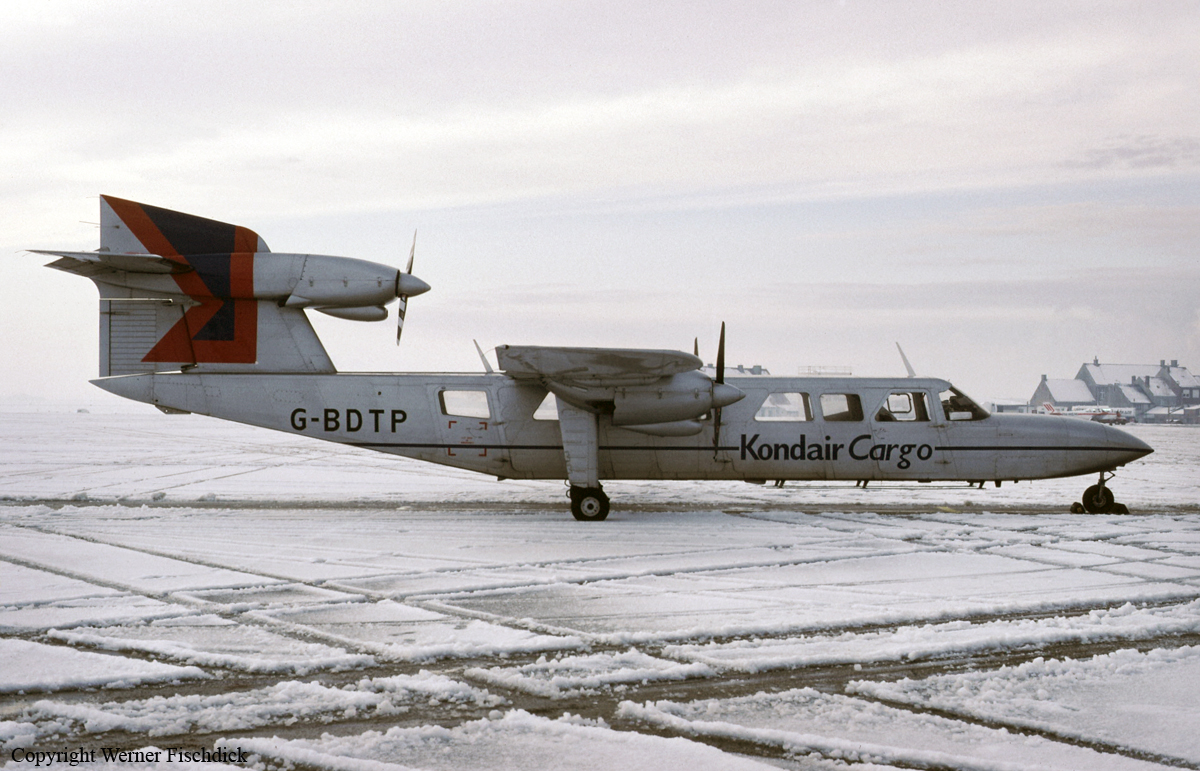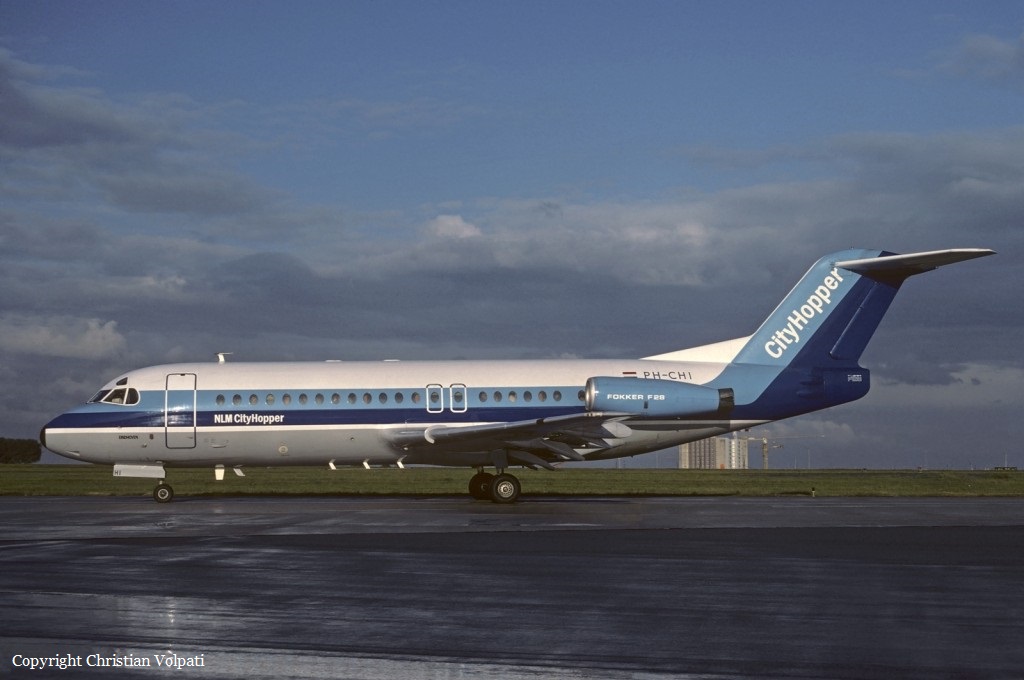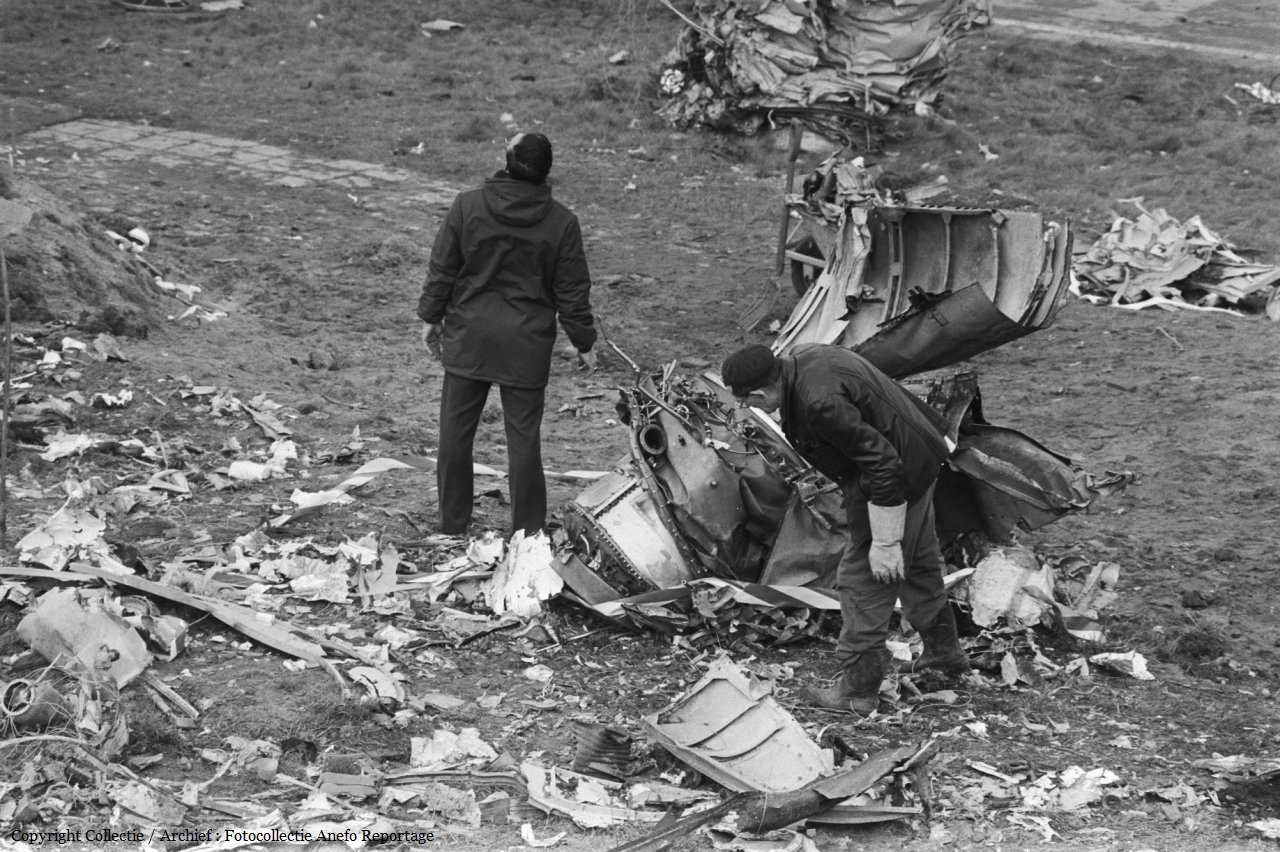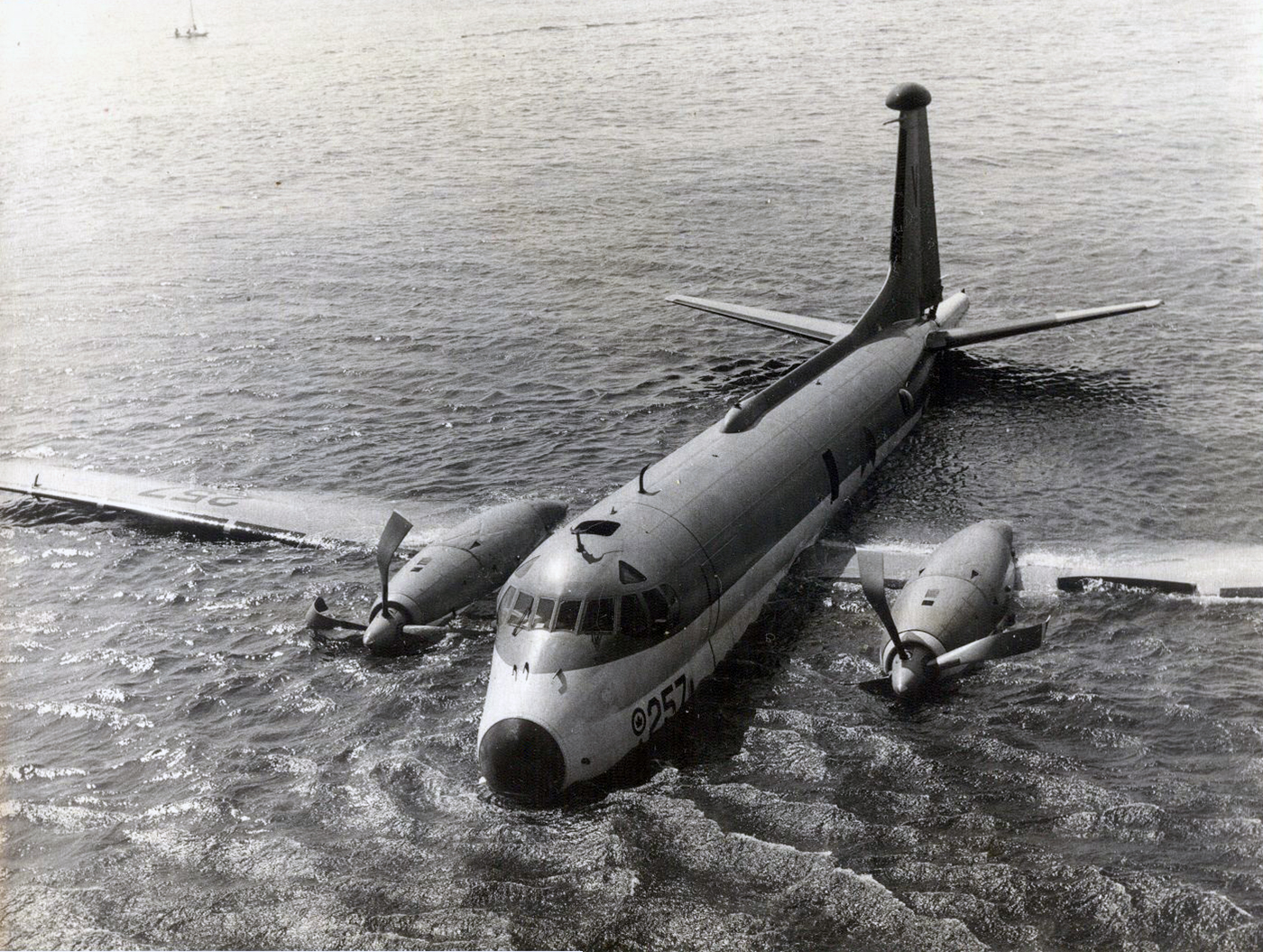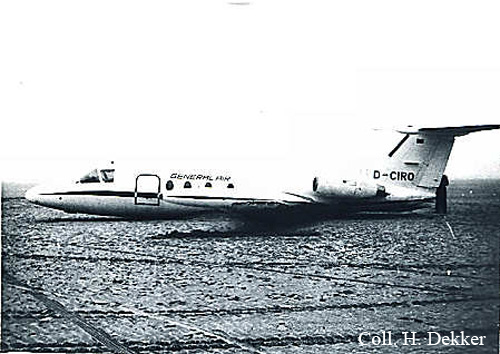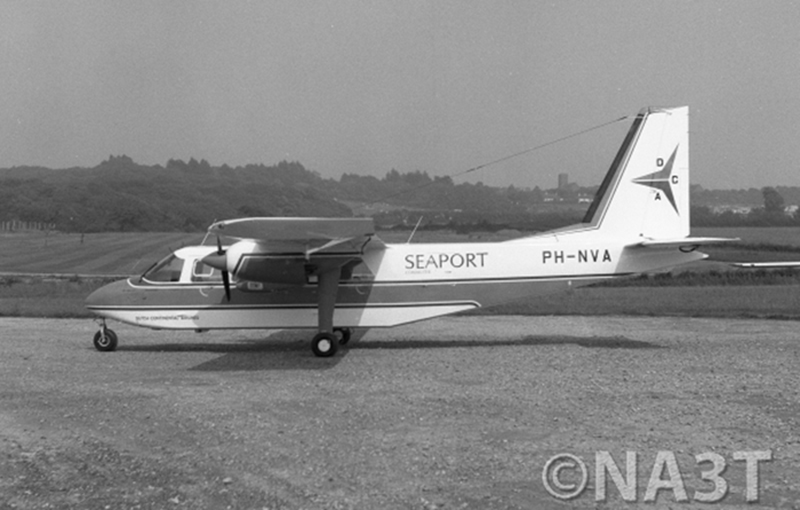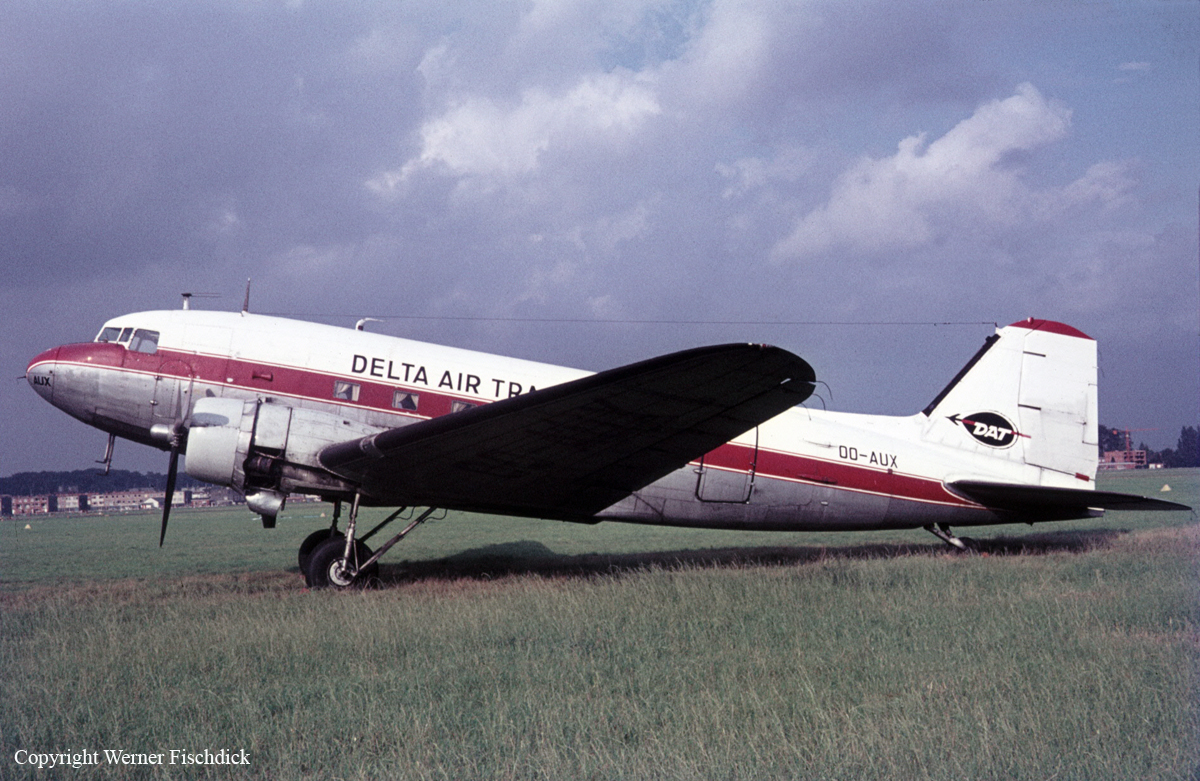Crash of a Britten-Norman BN-2A Trislander III-2 in Amsterdam: 1 killed
Date & Time:
Sep 14, 1986 at 0310 LT
Registration:
G-BDTP
Survivors:
No
Schedule:
Stansted - Amsterdam
MSN:
1028
YOM:
1976
Flight number:
KND201
Crew on board:
1
Crew fatalities:
Pax on board:
0
Pax fatalities:
Other fatalities:
Total fatalities:
1
Aircraft flight hours:
7100
Circumstances:
The pilot, sole on board, was completing a night cargo flight from Stansted to Amsterdam-Schiphol Airport. He was cleared for an ILS approach to runway 06 at 0253LT. Six minutes later, he initiated a go-around procedure as he was too high on the glide. He was then cleared to start an approach to runway 19R and climbed to the altitude of 2,000 feet before turning to base. At a distance of 3 nm from runway threshold at a height of 750 feet, the aircraft made a right turn then descended, turned left and crashed in a field, bursting into flames. The only occupant was killed.
Probable cause:
It was determined that the loss of control on final approach was the consequence of windshear at an altitude of 750 feet. In few seconds, wind changed from 210° to 100°. The lack of pilot experience was considered as a contributing factor as he overcorrected the movement of the aircraft caused by windshear and was unable to regain control when the aircraft entered a dive as a result of the over correction.
